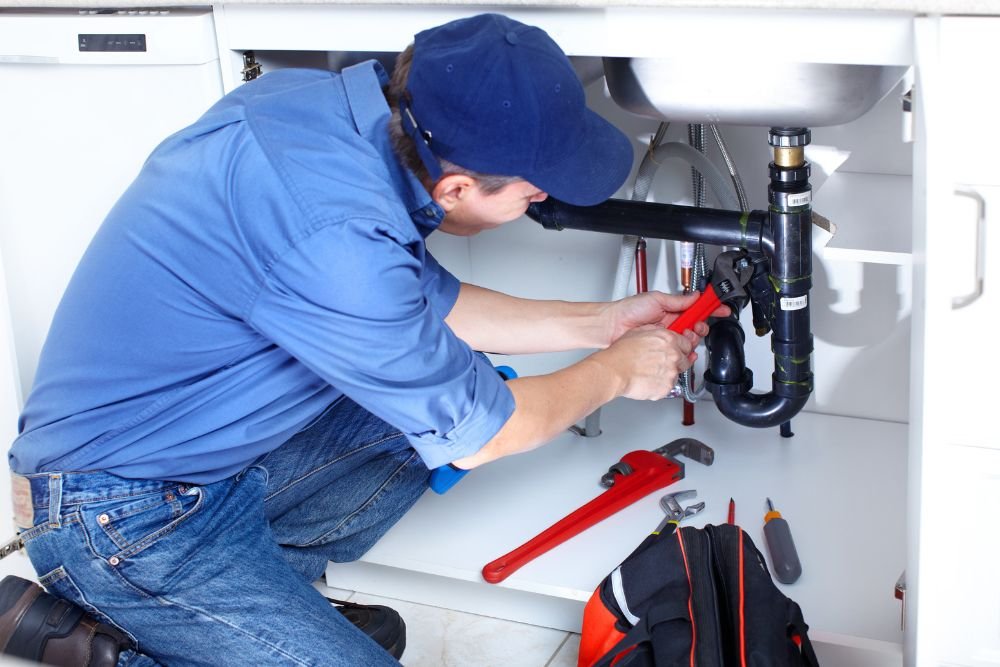Rigging Equipment Basics for Future Homeowners

Many first-time buyers walk into homeownership without realizing how often rigging equipment supports their future upgrades. From lifting beams during garage conversions to anchoring outdoor structures, understanding rigging tools protects long-term property value.
Knowing how to assess strength requirements and apply equipment safely prevents injury and damage. A solid grip on the fundamentals also helps when discussing quotes or hiring contractors who rely on rigging every day.
Understanding the Role of Rigging in Residential Projects
Learning the rigging equipment basics for future homeowners prepares buyers for projects that involve moving heavy materials or securing large fixtures with confidence. Rigging serves as the muscle behind many common home improvement efforts, even those that seem minor on the surface.
Homeowners tackling deck installations, pergola construction, or rooftop solar panel placement often rely on gear designed to lift or stabilize loads. Shackles, slings, pulleys, and winches all support weight in motion or suspend structures in place during work.
Common Rigging Tools and Their Functions
Chain hoists make vertical lifts possible, especially when a project requires elevation without brute force. Load binders apply pressure evenly across straps or chains, often during transport or securing bulky items during storage.
Spreader bars provide balance across wide spans, keeping slings from crushing or twisting fragile materials. Each tool fits a specific function, and using one improperly could turn a simple task into a dangerous situation.
Safe Use of Rigging Equipment at Home
Every rigging setup begins with understanding weight capacity, tension points, and reliable anchors. Safety-conscious homeowners inspect all parts before starting any lift, checking for corrosion, fraying, or wear. Personal protection gear like gloves, steel-toed boots, and safety glasses matter just as much as the rig itself.
Failure to respect manufacturer guidelines on load limits can result in snapped lines, dropped materials, and significant structural damage. Knowing the rigging equipment basics for future homeowners makes every DIY attempt safer, more efficient, and easier to manage responsibly.
How To Pick the Right Cables and Attachments
Proper usage of PVC-coated aircraft cables and stainless steel cords each bring different strengths to a build. Some resist corrosion for outdoor use, while others provide high tensile strength for suspended structures or long spans.
Choosing the wrong cable may create slack, snap under pressure, or shift tension to fragile points. Understanding durability ratings, flexibility, and stretch factors prevents costly installation mistakes.
When To Call a Professional
Some projects stretch beyond a first-time buyer’s toolbox, especially those involving suspended loads or structural anchors. Large-scale features like elevated patios, reinforced balconies, or utility pole-mounted fixtures require expert calculations. Professionals use certified ratings, advanced load planning, and specialized gear most homeowners don’t own or understand.
Skipping that consultation risks both safety and code violations that damage property value. Even a short planning call with a rigging expert often prevents thousands in project missteps.
A strong foundation in rigging basics builds more than confidence—it saves money, avoids injury, and supports smarter decisions around property development. First-time homeowners who dive into projects with working knowledge of rigging gear gain more control over their investments. Each tool they recognize and each technique they apply moves their home closer to long-term value and lasting security.







